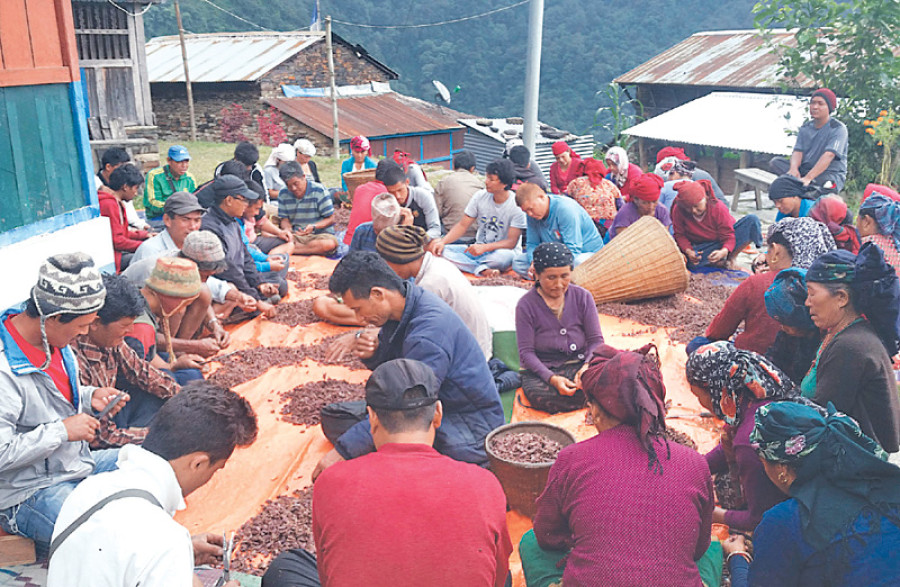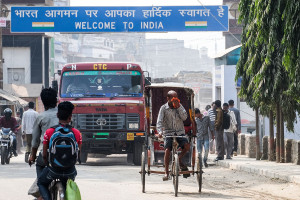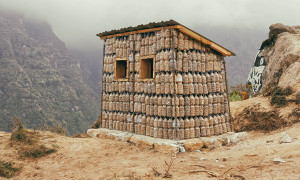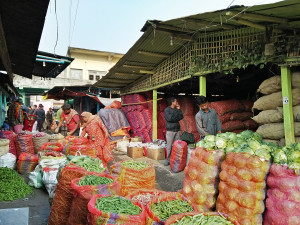Money
Cardamom entrepreneurs introduce grading system
The district chapter of the Federation of Large Cardamom Entrepreneurs has introduced a quality grading and pricing system for the product in a move aimed at improving product uniformity that serves as the basis for price.
Aash Gurung
The district chapter of the Federation of Large Cardamom Entrepreneurs has introduced a quality grading and pricing system for the product in a move aimed at improving product uniformity that serves as the basis for price.
Large cardamom is a high-value cash crop which is the main source of income for farmers in the mountains and hills of eastern Nepal.
Grading is the process of separating cardamom into different categories by shape, size, weight and quality. “We have set three different prices of large cardamom based on grade,” said Ajay Tamang, president of the district chapter of the federation.
“The move will also help a potential buyer to determine the quality of the product in the international market.” According to him, cardamom of the highest quality has been named Jumbo Jet and has been priced at Rs1,600 per kg. Cardamom of the second grade is known as ‘medium size’ and the third grade is known as ‘small size’.
Prices of medium and small sized cardamom have been fixed at Rs1,500 and Rs1,400 per kg respectively, said Tamang. Traders said that prices of large cardamom had dropped 25 percent this year due to slowed overseas demand. Local entrepreneurs had sold the spice to traders for up to Rs2,150 per kg last year.
The farm gate price was Rs1,900 per kg. Nearly 28 village development committees in Lamjung produce large cardamom. The annual production amounts to 62 tonnes. According to traders, large cardamom growers in the district had earned Rs124 million last year.
“Prices have dropped sharply this year, but we are optimistic that they will rise again soon,” said Pritiman Tamang, a farmer of Banjhakhet. Growers said that the production of large cardamom was expected to increase but they would not be able to get the kind of prices they had received last year. Local entrepreneurs are planning to sell their crops after the Tihar festival.
“We will be holding a meeting on Sunday to decide on selling the product after the festival,” said President Tamang. He added that they had carefully stored their harvests and were in no rush to sell them. “As we don’t have difficulties in storing them, we can sell them anytime.”
Large cardamom farming has been extended to 200 hectares in the district, said Krishna Bhadra Adhikari, senior agriculture dev- elopment officer. “As farmers sta- rted earning a handsome income from the spice, they have been attracted towards growing it.”




 8.12°C Kathmandu
8.12°C Kathmandu.jpg)














